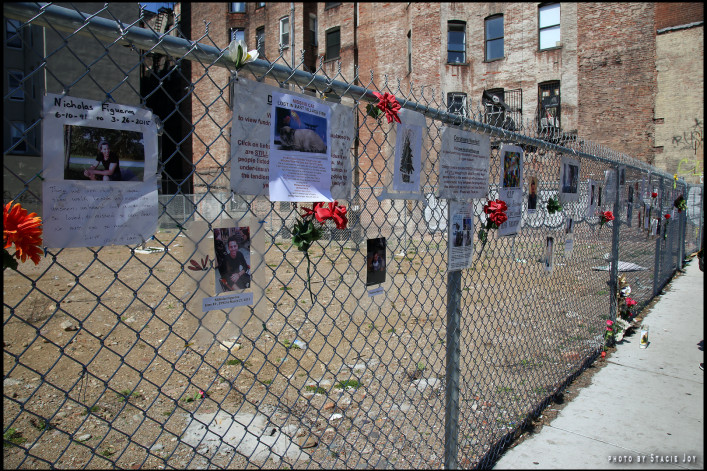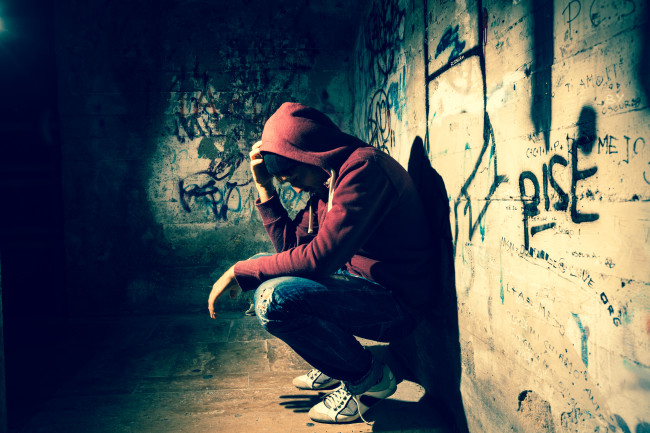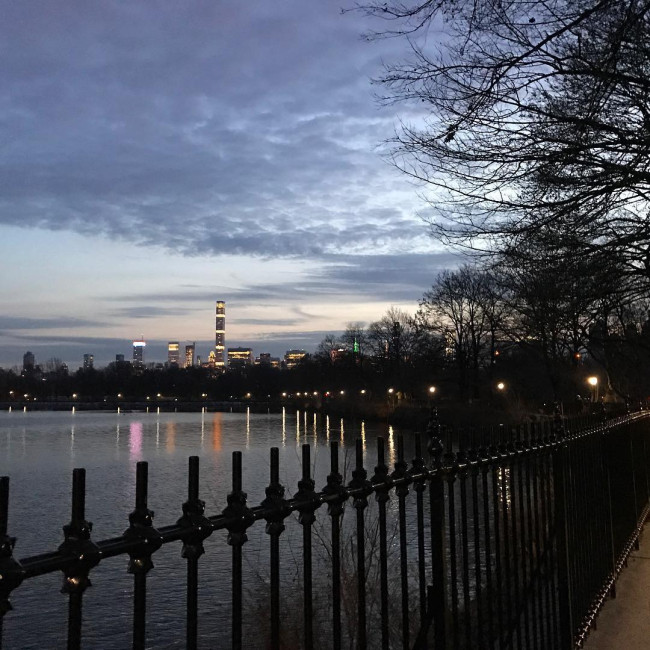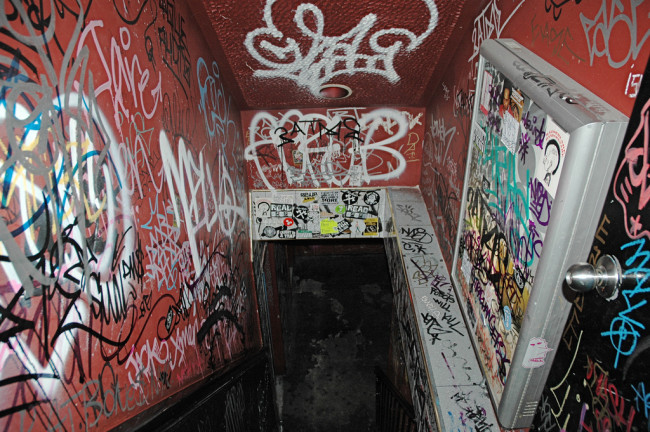In the wake of disaster, New Yorkers help their neighbors
In a 2008 essay, writer Joan Acocella questions commonly held notions about what's often referred to as the "New York attitude." "It is said that New Yorkers are rude, but I think what people mean by that is that New Yorkers are more familiar," she writes. "People on the bus will say, 'I have the same handbag as you. How much did you pay?' If they don't like the way you are treating your children, they will tell you. And should you try to cut in front of somebody in the grocery store checkout line, you will be swiftly corrected."
But, she continues, "While New Yorkers don't mind correcting you, they also want to help you." This she chalks up to the particular challenges posed by life in NYC—the high cost of living, the crowds, the perpetual subway delays—that beleaguer almost all of us, and so create solidarity, a sense that we're all struggling together and should look out for one another. That, yes, we're all in it together.
And in times of struggle that go beyond the quotidian, New Yorkers have proven her right. This week, for instance, West Side Rag reports on an act of kindness that should put an end to New Yorkers' reputation for being brash and impersonal.
After a fire tore through their Upper West Side rental apartment, the Johnson family was left homeless, with many of their possessions destroyed. Nadja Johnson told the blog that she, her husband, and their two daughters are in an especially precarious position: They didn't have renters' insurance, and are currently getting by on only her part-time salary. They received some assistance from the Red Cross, and the city offered them space in a shelter in the Bronx. Heading there, however, would mean a very long commute to school for the children.
Fortunately, the Johnsons' neighbors stepped in: Parents of the girls' classmates offered up their homes as temporary lodgings, and created a GoFundMe page to help them recoup their losses. And now, one couple is letting the family stay in a one-bedroom apartment they own, rent-free, until June.
Gestures of generosity like these are not uncommon in the wake of disasters in NYC. On a Brick Underground podcast episode posted last year, for instance, we also heard from another Upper West Side woman who'd lost her home in a fire, but found, among many other treasures, a strong community quick to lend a hand.
After a gas explosion destroyed three East Village buildings in 2015, killing two and leaving several more injured, there was an outpouring of support to help those displaced. According to DNA Info, local churches housed victims, as did the nearby Standard Hotel; multiple GoFundMe pages were set up for residents who lost their belongings. And ABC reported that donations to the Mayor's Fund to Advance New York City to help explosion victims surpassed $125,000.
In 2012, Hurricane Sandy disrupted the lives of New Yorkers across all five boroughs, but certain neighborhoods particularly suffered—and residents of those neighborhoods swiftly rallied to help one another. In Gerritsen Beach in Brooklyn, the New York Daily News met a woman who found out, after her home was nearly destroyed, that she lacked the proper insurance, and a contractor who vowed to work with an architect to save her house. And in Red Hook, another Daily News story found, many locals made daily visit to the Red Hook Initiative, a community organization, to help feed, clothe, and house their neighbors.
There are likely no disasters that loom larger in New Yorkers' collective memory than 9/11; that dark time, too, provided moments of profound selflessness and interpersonal connection. In his New York Times interview with photographer Nina Berman, for instance, James Estrin observes: "People helped each other so much and New York became a kinder place, I believe." Berman responds, "I call this period afterglow... I remember driving my car in New York and just picking up random people who needed to get downtown."
That "afterglow" is instrumental to families like the Johnsons, during the shaky time that follows an emergency. Their situation, though, also brings up questions about homelessness in NYC. New York's homeless population is on the rise, and the shelter system is straining; as the city races to build more shelters, it also stirs up controversy around where shelters are placed.
Gothamist reports, for example, that Crown Heights residents are protesting the opening of a new shelter in their neighborhood, which already has several; the city argues that it is attempting to build shelters in areas where more people are becoming homeless, so as to not force them to relocate. This seems one possible reason why there was no shelter space for the Johnsons in their own corner of the Upper West Side—and why they must rely instead on neighbors for housing.
Where city bureaucracy falters, then, individuals step in, and perhaps more willingly here than in other parts of world. "When New Yorkers see a stranger, they don't think, 'I don't know you,'" Joan Acocella writes. "They think, 'I know you. I know your problems—they're the same as mine—and furthermore we have the same handbag.' So that's how they treat you."
You Might Also Like
































